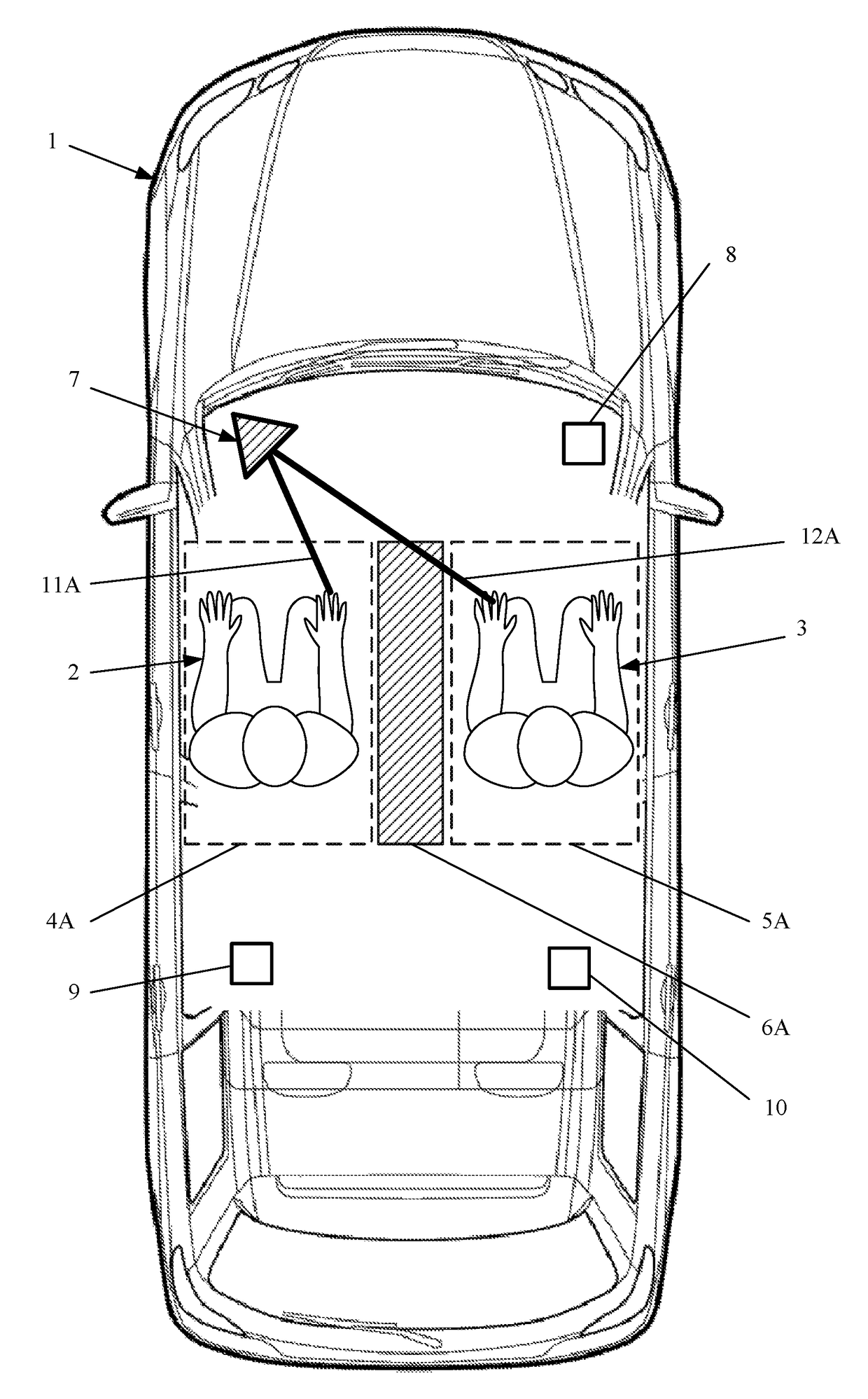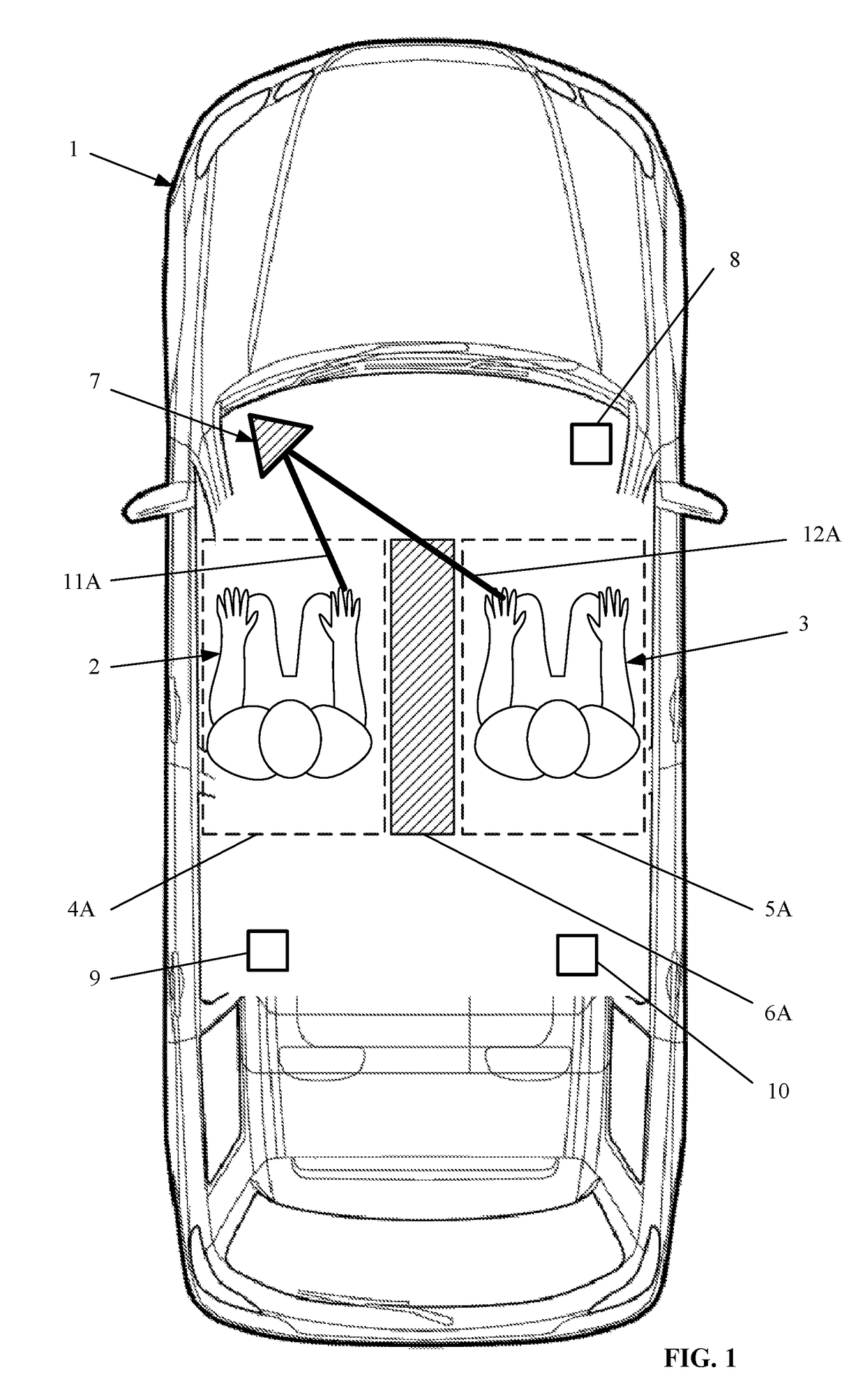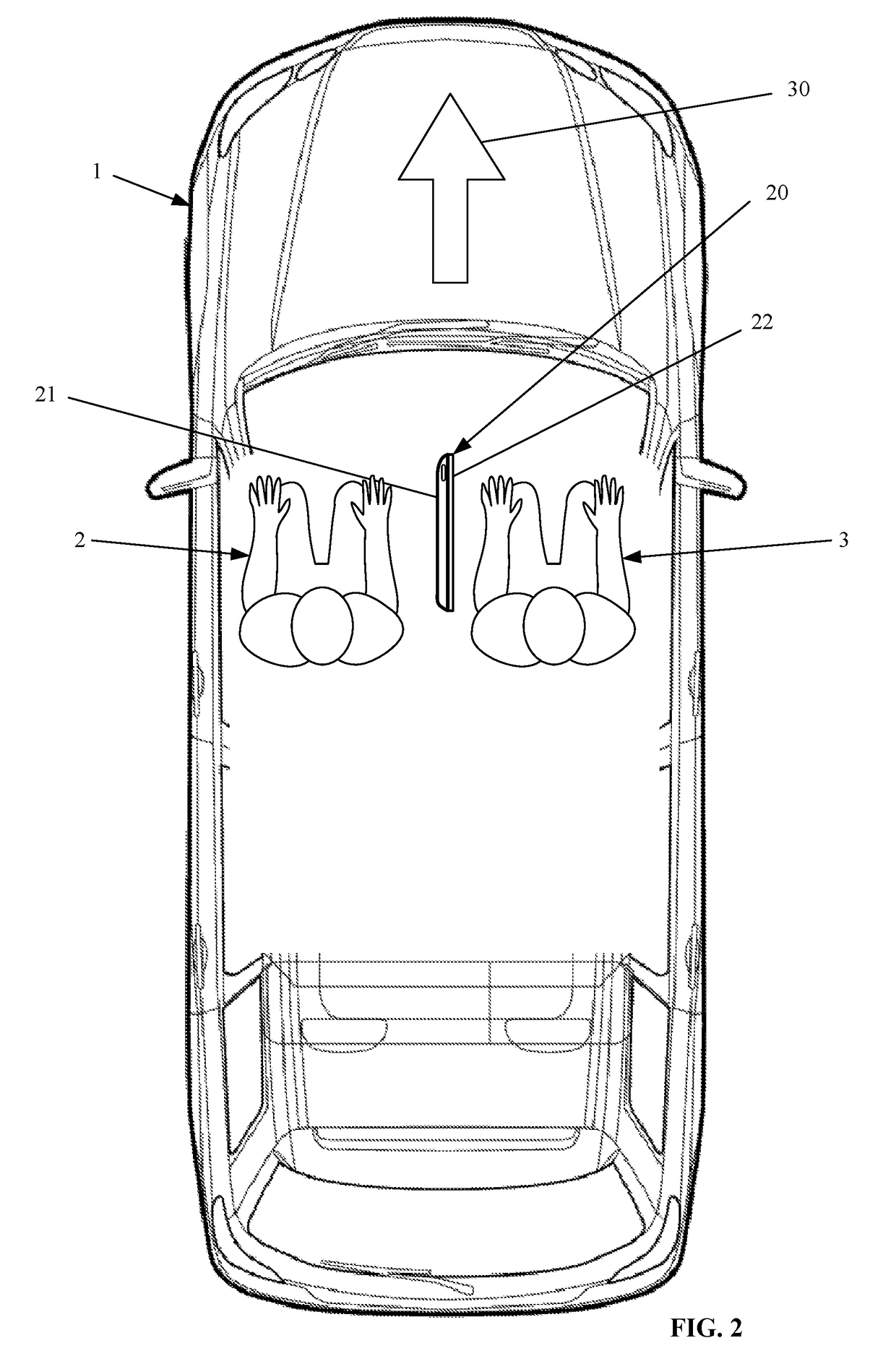Methods and systems for identifying the user of a smartphone inside a moving vehicle and automatic detection and calculation of the time and location when and where a vehicle has been parked
- Summary
- Abstract
- Description
- Claims
- Application Information
AI Technical Summary
Benefits of technology
Problems solved by technology
Method used
Image
Examples
Embodiment Construction
[0035]The exemplary embodiments of the present invention, described herein detail for illustrative purposes, are subject to many variations, structure and design. It should be emphasized, however that the present invention is not limited to particular systems or methods for accurate identification of user of a smart object when being used inside a moving vehicle, and automatic detection and calculation of the time and location when and where the vehicle has been parked as shown and described. On the contrary, a person skilled in the art will appreciate that many other embodiments of the present invention are possible without deviating from the basic concept of the present invention as the principles of the present invention can be used with a variety of indoor and targeted objects localization and identification methods and structural arrangements. It is understood that various omissions, substitutions of equivalents are contemplated as circumstances may suggest or render expedient,...
PUM
 Login to View More
Login to View More Abstract
Description
Claims
Application Information
 Login to View More
Login to View More - R&D
- Intellectual Property
- Life Sciences
- Materials
- Tech Scout
- Unparalleled Data Quality
- Higher Quality Content
- 60% Fewer Hallucinations
Browse by: Latest US Patents, China's latest patents, Technical Efficacy Thesaurus, Application Domain, Technology Topic, Popular Technical Reports.
© 2025 PatSnap. All rights reserved.Legal|Privacy policy|Modern Slavery Act Transparency Statement|Sitemap|About US| Contact US: help@patsnap.com



